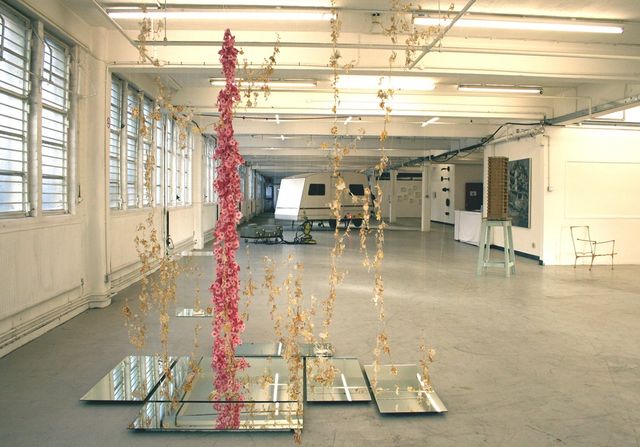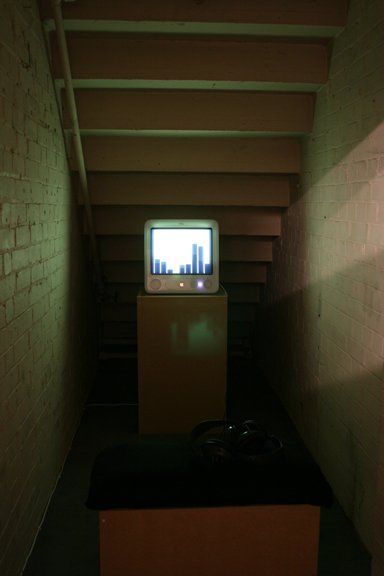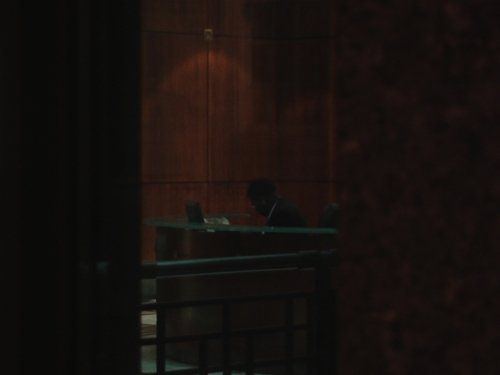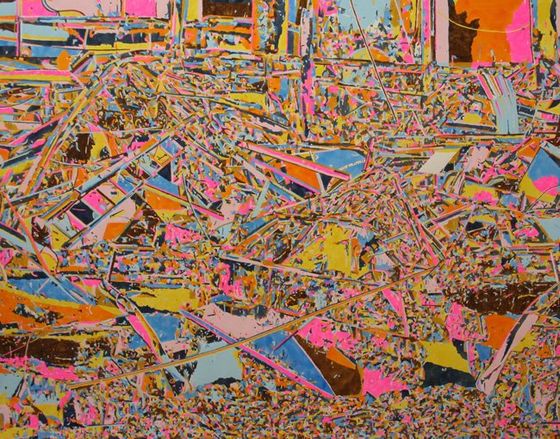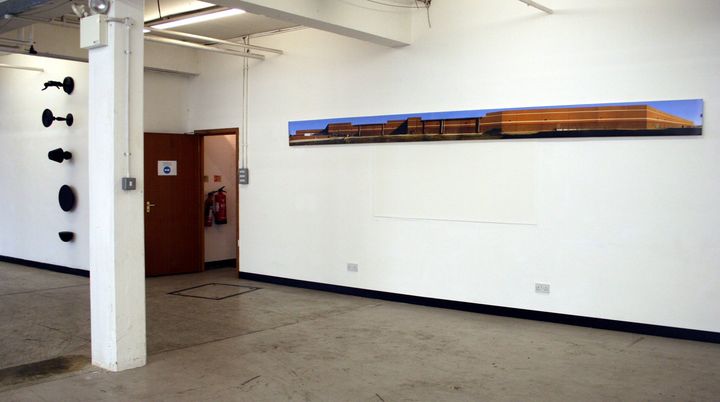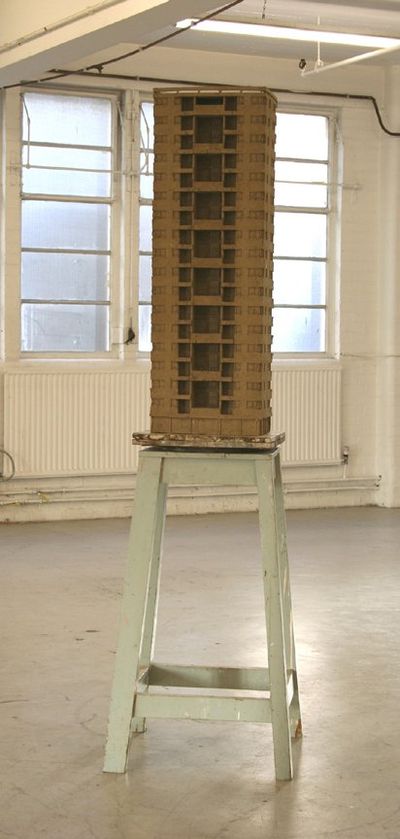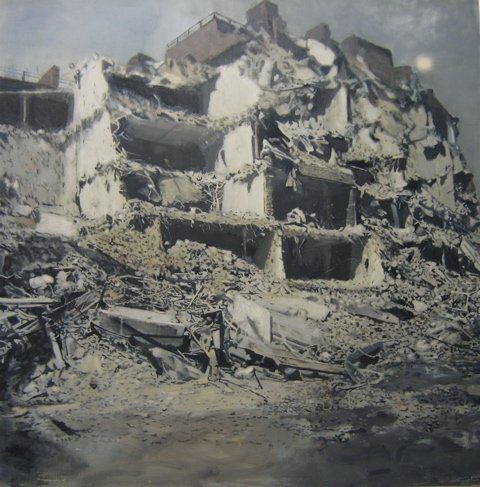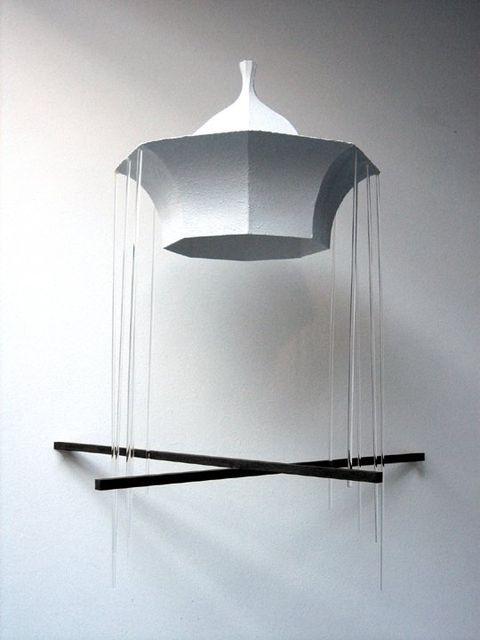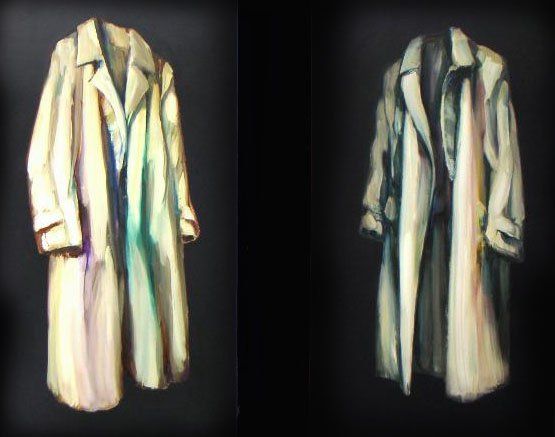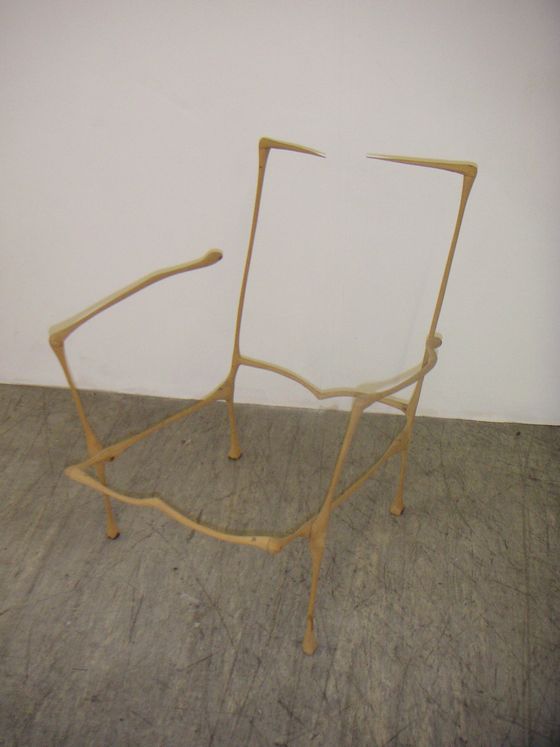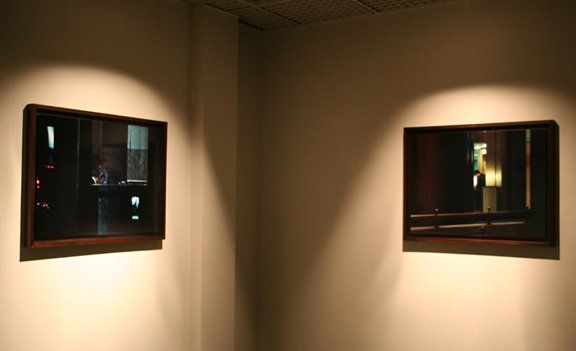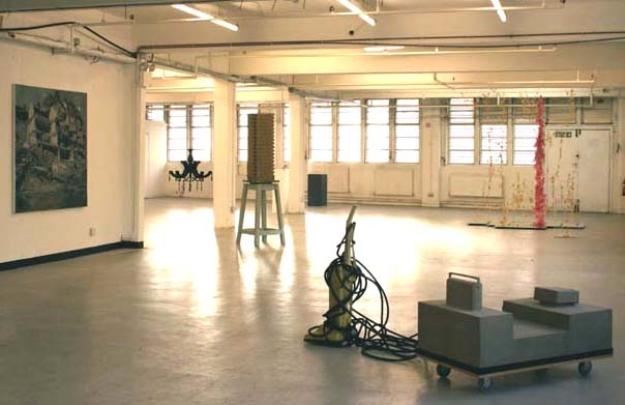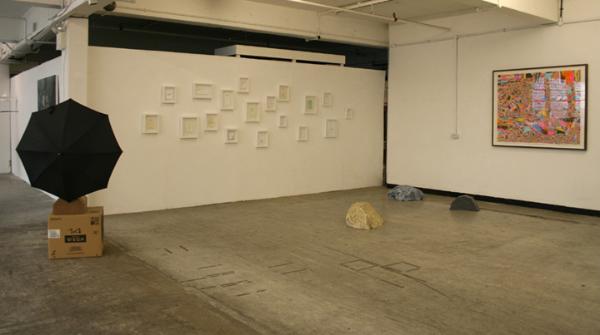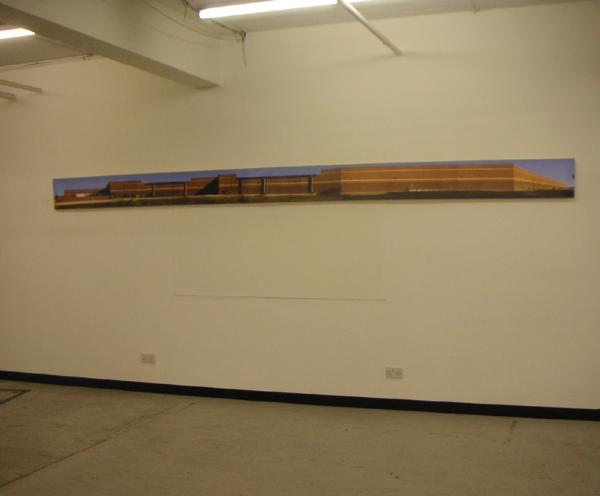TOM DALE - TOBI DEESON - RICHARD DUCKER - DAVID FUSCO - CLARE GASSON
STEWART GOUGH & TOM ORMOND - KATHLEEN HERBERT - ROGER KELLY - JOHN LUCAS - ALASTAIR MACKIE
LEE MAELZER - STEPHEN SETFORD - GAIA PERSICO - COLIN SMITH - AMIKAM TOREN
curated by Richard Ducker
The built environment is the landscape which we all occupy, and although architecture has the illusion of permanence, our relationship to it is fluid and often uneasy. It can inspire awe through its spectacle, or be the backdrop to real or cinematic narratives: crime, romance, consumerism, work, recreation. Its hinterland divides the urban from the ‘natural’, while both the picturesque and the sublime are able to transgress this border. Its architecture inscribes different zones: public – private, internal – external, state – corporate, each either displays their function, or conceals it through a variety of stylistic codes and references.
With these sites we experience complex psychological responses, sometimes extreme and often contradictory. There is an accumulation of history, re-animated for the present, while the present lacks stability, slipping back into the historical narrative from which it emerged. Within this, like a soap opera, lie individual stories, human exchanges. It is this space between the human and the architectural that the artists in this exhibition explore. They reveal a social and economic disquiet, as architecture and its contents represents our insecurities and fears, as much as our hopes and aspirations. As the human presence here is inferred rather than portrayed, we are left with a landscape of absence and boredom, while fascination is found in the banal and insignificant.
private view: Thursday, 16 November 2006 6-9 pm
exhibition open: 17 November - 10 December 2006
TOBI DEESON
In general Tobi Deeson's work is concerned with the consequences of other peoples’ actions. Our fragility is our strength, our acceptance of our history vital. she replays situations from her childhood or from those of childhood victims and attempt to explore, or just dwell, on their emotions, then and now. She wants to communicate the consequences that childhood experiences have on our adult lives, to expose the scars and mourn the losses.
RICHARD DUCKER
Richard Ducker covers every-day objects in concrete. Narratives are set up through the introduction of found materials within the work, and the way the work is presented. As personal associations are projected onto these standardised, mass-produced objects, they became alive, as sites of symbolic exchange. Out of this representation of obsolescence and nostalgia, he uses the language of the monumental to create artworks where memory and the present collide. The works coalesces around certain themes of loss and a domestic disquiet. There is often a sense of displacement, narratives are either imagined or remembered, and the body remains an absent presence.
CLARE GASSON
Clare Gasson looks to cinematic space and experience, though concentrating on sound, and the imagination of the audience – looking to the atmospheric and sensate. The work is often presented via sound systems. This may take the form of a CD for CD walkmans, or the sound may come out of a monumental sculpture/speakers. She is interested in questioning the authority of the medium. The work is disseminated through different media – often too these are repeated, for example the narration on the limited edition CD is also to be shown as a script in a journal.
GAIA PERSICO
The images I create are all direct descendants of real life observations made whilst travelling. 'Snapshots' of the urban, metropolitan infrastructures and sprawls that crowd the field of vision are the subjects of my annotations. The work is done on-situ from cityscapes viewed sitting by the window of the hotel room I happen to find myself in. They are made either with a laptop or with ready-made materials: biros and hotel papers found lying around the room. The drawings are succinct, stripping away surplus information and extrapolate the essential, giving an ambivalent image of the city where the human presence is implied rather than actually seen. The interest lies not in the location exoticisms but in seeing the beauty of the non-monumental and the understated.

